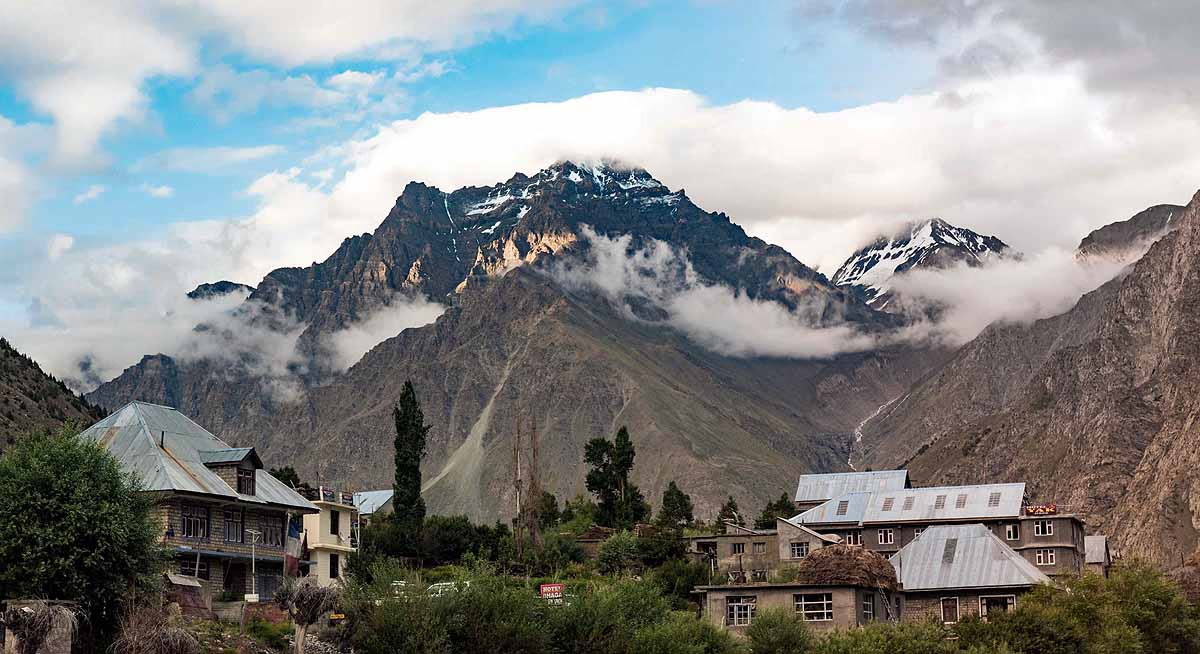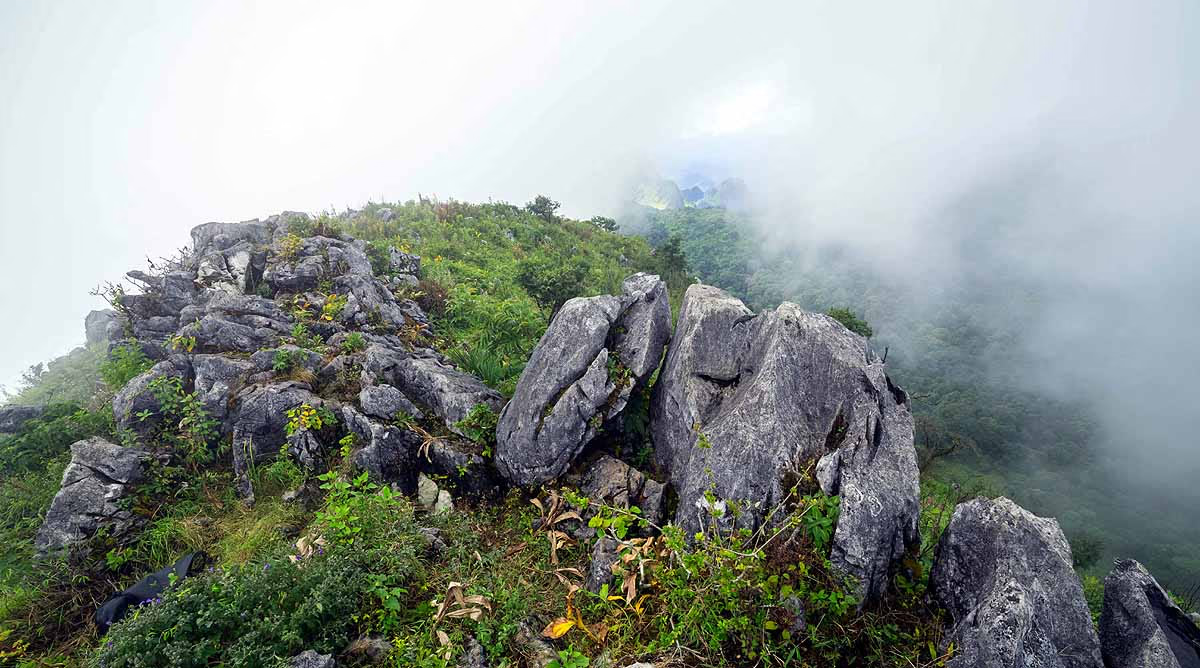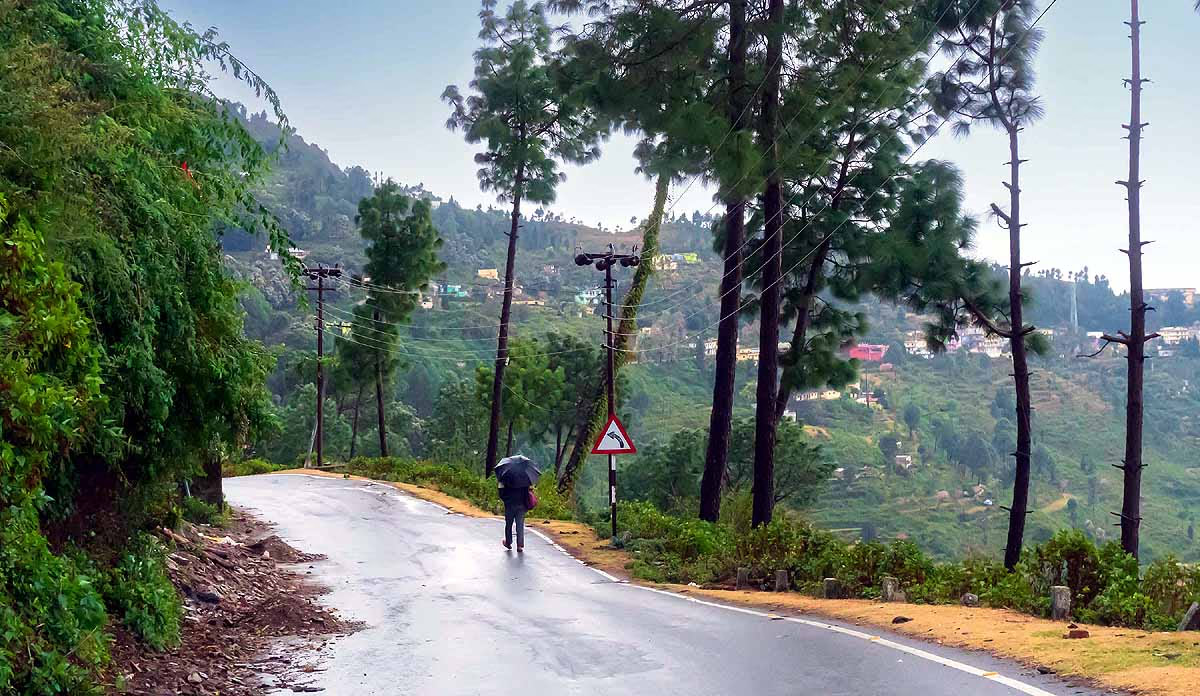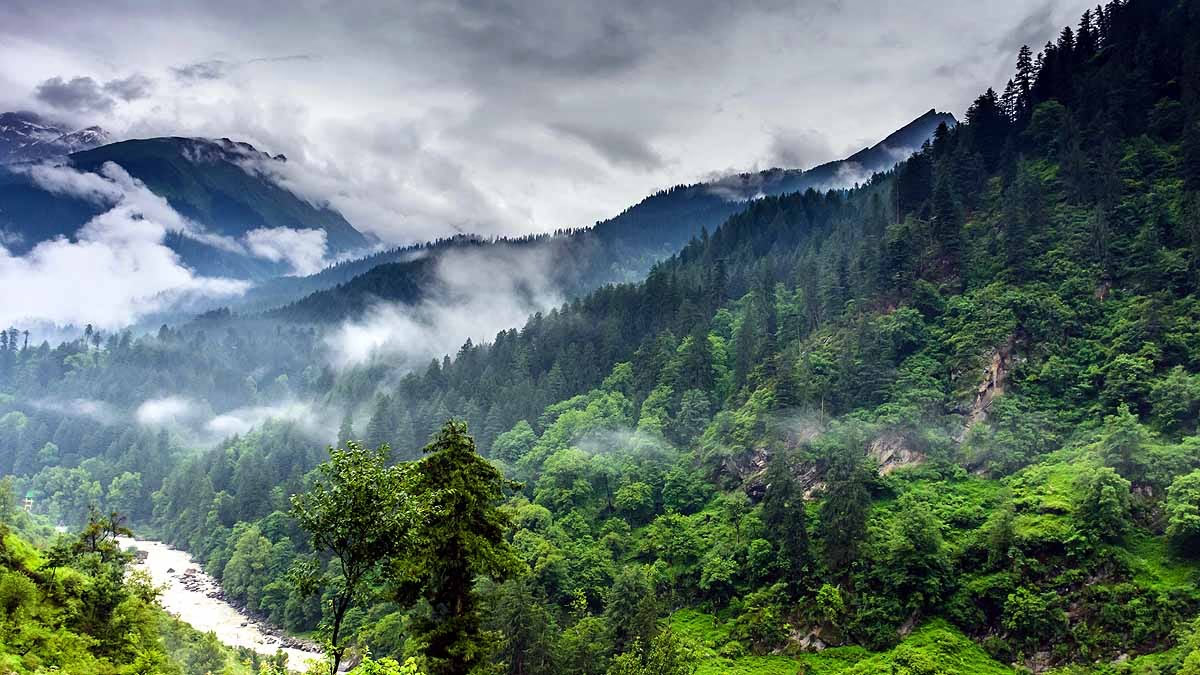Due to constant carbon emissions and climate change, tropical rain is shifting northwards. This is happening worldwide, but India is directly affected as well. Over the past few years, rainfall has been moving increasingly towards the north, towards the Himalayas, resulting in serious disasters.
Climate scientists from the University of California have revealed this through their studies. Climate change is altering rainfall patterns around the equator, affecting agriculture and economies in many countries. The question is: why is rainfall heading north?
Also Read: The Story of Tomorrow... Will the Ganges Dry Up After 874 Years? Will Clean Air Be a Thing of the Past?

Source: aajtak
Rapidly increasing emissions are pushing rainfall northward. This isn't a simple process; it's a highly complex situation or, rather, a collection of complex conditions that are driving rainfall northwards every year. The area around the equator is responsible for about a third of the world's rainfall.
Where Winds Cross-Connect, The Weather of the World Changes
The Intertropical Convergence Zone (ITCZ) is the area around the equator where winds from the Northern and Southern Hemispheres collide. The unique feature of this region is the cross-connection of winds, resulting in cloud formation and rainfall.
Also Read: Chorabari Lake, Glacier, Meru-Sumeru Mountains... Is There a New Threat Looming Over the Kedarnath Valley?

Source: aajtak
Tropical Rainforests Receive Up to 14 Feet of Rain Annually, Here’s How...
After crossing each other, the winds rise up. The temperature is lower at higher altitudes, which brings in substantial moisture from the ocean. As these moist clouds cool down at higher altitudes, clouds form and result in thunderous rain. Some tropical rainforests receive up to 14 feet of rain per year.
Rainfall Will Shift Northward for the Next 20 Years, Then South for a Millennium
Researcher Wei Liu, who conducted the study, explained that the northward shift in rainfall will continue over the next two decades. Then, the warming of the southern oceans will create a strong force that will pull such weather patterns southward and keep them there for a thousand years.
Also Read: From Cloudbursts to Flash Floods, Is the Fury of Weather Intensifying? Will the Himalayas Face Another Blow?

Source: aajtak
Impact of Climate Change on Agriculture and Economy
Regions around the equator, such as Central Africa, South America, and the Pacific Islands, will be most affected. Various crops like coffee, cocoa, palm oil, bananas, sugarcane, tea, mangoes, and pineapples are grown in these areas. Even a slight change in rainfall can result in significant economic losses.
This study has been published in the journal Nature Climate Change. The study includes multiple factors related to oceans, sea ice, land, and the atmosphere in climate models, all of which impact one another. Compared to the past few decades, rainfall is currently 0.2 degrees further north.




